Chemistry is defined as Rasayan Shastra, Rasa-Vidya, Rasatantra and Rasakriya all of which roughly mean ‘Science of liquids (Chemical)’. There also existed chemical laboratories and chemicals works, which were called Rasakriya-nagaram and Rasakriya-shala which literally mean ‘School where Chemical are activated’. A chemist was referred to as a Rasadnya and Rasa-tantra-vid which mean ‘Person having knowledge about Chemicals. Apart from the term Rasa which means Chemical, another word, Dravya which means slurry, was also used to refer to chemicals.
There are many texts which comment on chemistry in ancient vedic era:
Rasahrdayatantra, Srasaratnakara, Rasarnava, Srasendracudamani, Rasaratnasamuccaya, Rasaprakasasudhakara, Rasarajalaksmi, Rasendracintamani, Rasendracintamani, Rasasara, Rasakaumudi, Rasabhesajakalpa, Rasasamketakalika, Lohapaddhati, Kankaligrantha, Rasamuktavalina etc.
Many medicinal texts such as charaka samhita included Rasayan shasthra which describes itself on chemistry and its practises. Kautilya’s arthashasthra also mentions many practises such as availability of metal ores, its purification etc. In a text called Rasaratna Samuchaya even descriptions of a chemical laboratory is metioned.
Amazingly development of chemistry was significant in the areas like weapons, medicine, Metallurgy, Glass making, pottery, jewellery making, dyeing of clothes and tanning of leather etc. were the major chemical arts and crafts in the early periods. As a result of this expanded activity, the alchemical knowledge increased. Following were the major chemical products that contributed to the development of chemistry.
More aptly, Rasashastra can be described as ayurvedic pharmaceutics, which deals with the drugs of mineral origin, their varieties, characteristics, processing techniques, properties and their therapeutic uses. There are two main categories of Rasa Shastra – Alchemy and Rasayana. While alchemy is involved in turning mercury into gold, Rasayana, on the other hand, helps in the rejuvenation of the mind and body. This science is often referred to as ‘alchemy’ and the resultant medications are called rasas, which mainly comprise of metallic ashes called bhasmas. These bhasmas, or lighter forms of metals, are contained in organo-metallic compounds that work as carriers (yogavahi). This means they are able to carry the herbs mixed with them faster to the desired site and start the action immediately. Bhasmas act as catalysts and increase the bioavailability of the herbs to the cell. After performing the desired action, bhasmsas are eliminated through our excretory systems, specifically via mutra and mala (urine and stool). Ayurvedic chemists have evolved various procedures like sublimation, oven treatment, controlled heat incineration, grinding, mixing, churning, and so on, to inculcate the therapeutic properties in the minerals, for which many specific types of yantras (instruments) are designed. When it comes to using any metal, mineral or a natural product directly or as a formulation, the alchemic scientists (Raja Siddhas) state that, barring a few exceptions, everything should be first purified/detoxified (Shodhana) and then must be converted into bhasma (ash). This is achieved by controlled/sustained heat incineration again and again. Mercury – Its Properties After classifying mercury as the rasa (after which this branch has been named), the ancient chemists classified the other metals, minerals and gems into dhatu, upadhatu, ratna, upratna, maharasa, uprasa, sadhrana rasa and sudha varga. Conventionally, mercury, when properly prepared, is known not only to balance all the three doshas, but also to impart a soothing effect to the body, give a firm physique, a stable mind and avert diseases and old age. Mercury nurtures the body parts and also enhances the strength of the eyes. It is used as vrisya (aphrodisiac), balya (tonic), snigdha (anointing), rasayana (rejuvenative), vrana sodhana and ropana (wound cleaner and healer), and krimighna (antimicrobial). Minerals – Their Properties As herbs have their own Rasa, in the same way, minerals also have their own Rasa. For instance, gold is madhura (sweet) and kasaya (astringent) in rasa, snigdha (oily) and laghu (light) in guna, sita (cold) in virya, and madhura (sweet) in vipak. It acts as an antimicrobial and antipyretic, improving body complexion and controlling the wastes of the body tissue. Talking about silver, it is kasaya (astringent) and amla (sour). Silver is known to give strength to the brain, heart and stomach. Speaking of Lapis lazuli, it produces feelings of well being while expelling all doshas from the body.
Moreover, the Mahabharata and the Ramayana recount many examples that indicate our ancestors had knowledge of nuclear energy thousands of years ago. The descriptions of weapons such as brahmastra and pashupatastra, which could annihilate several thousand or trigger drought, could only be imaginable in nuclear terms. Smritis and Puranas, are storehouses of valuable technological and ethical knowledge offering breathtaking insights hidden in Sanskrit verse. In metallurgy, Saint Bharadwaja gave a detailed description of 404 types of crucibles (and) 532 types of furnaces for producing metals to construct aircraft.
We would not be able to explain everything in this one small article but just by above mentioned few examples we can figure out how advance the vedic culture is in field of chemistry. In fact From Medicine to Missiles there is no match for our vedic wisdom in any field of chemistry. All these vedic discoveries which makes us to think twice about our self actually are not even considered as a part of real knowledge or the discovery, its merely just a material phenomena. Exploration of real knowledge starts from the journy of Self Discovery, and ends with the attainment of divine shelter of absoulete truth- Sri Krishna. All over the Scriptures actually advocates about the real knowledge and its to be understood about our self and our real constitutional position. All these material discoveries and achievements expounded in vedic literatures are useful but they are not the aim, but instead they should be used as a means in the path of Self realization.
Hare Krishna
From the Book “Origin of Science”
Views: 55

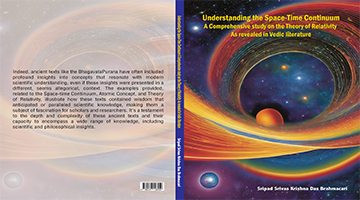
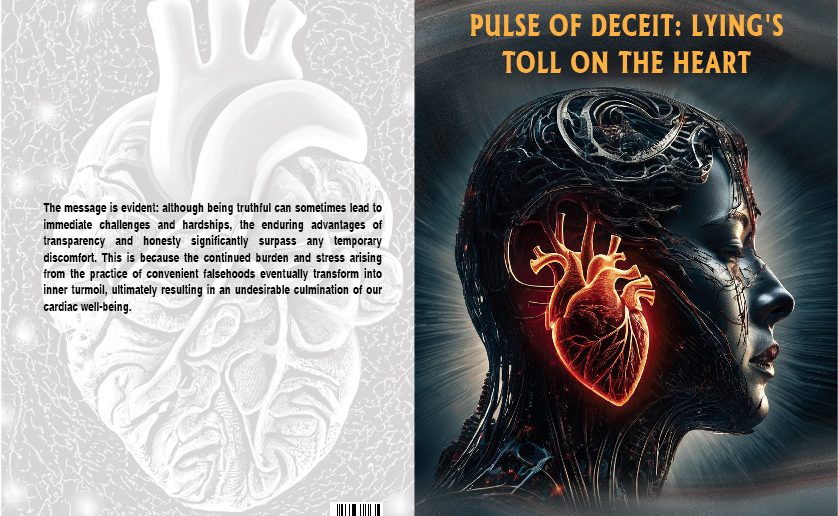











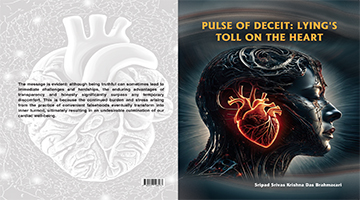
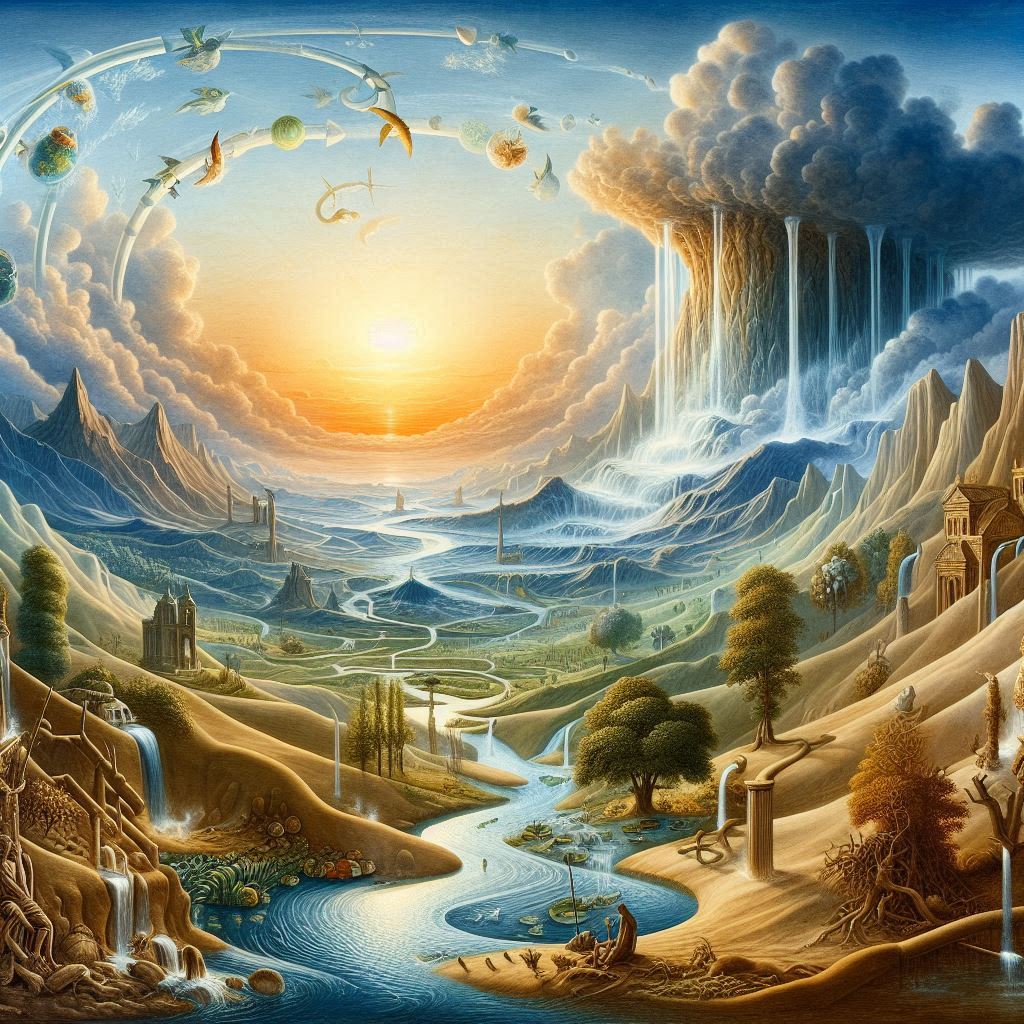






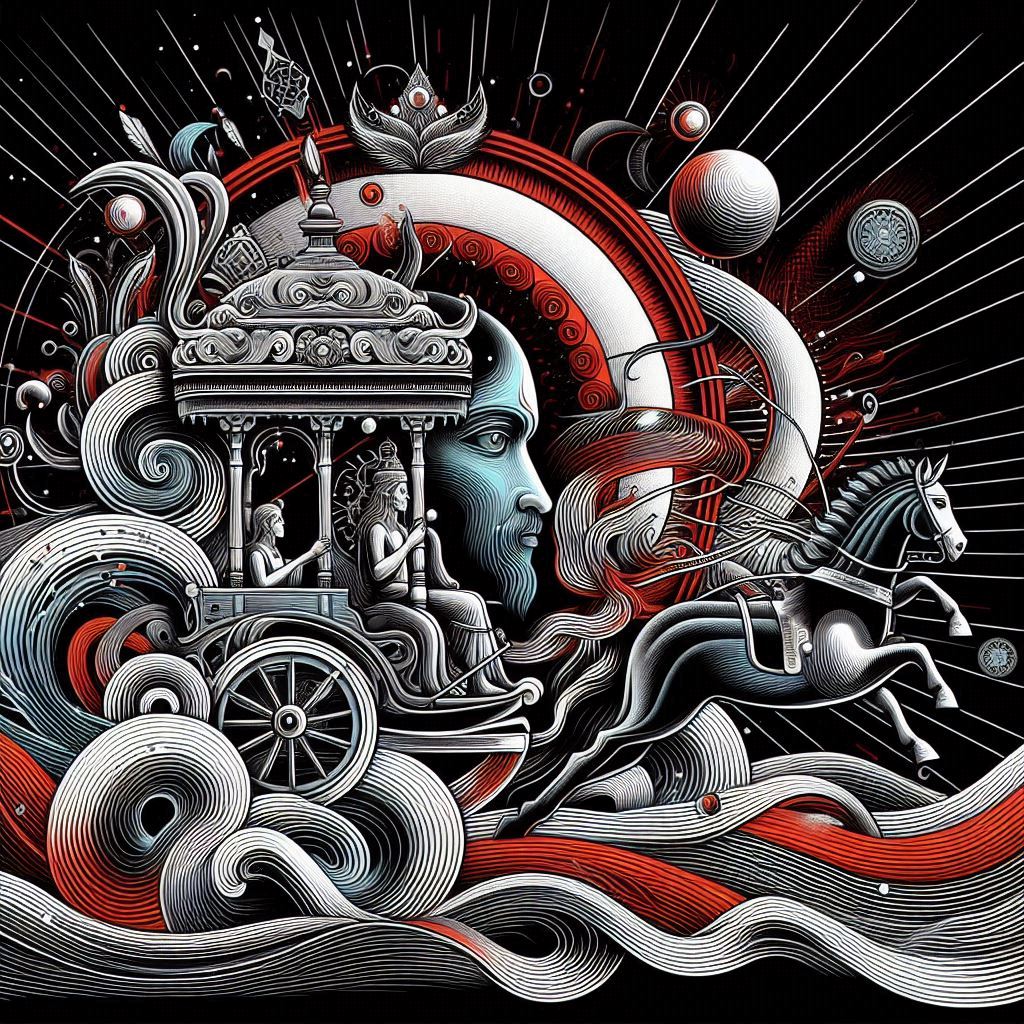
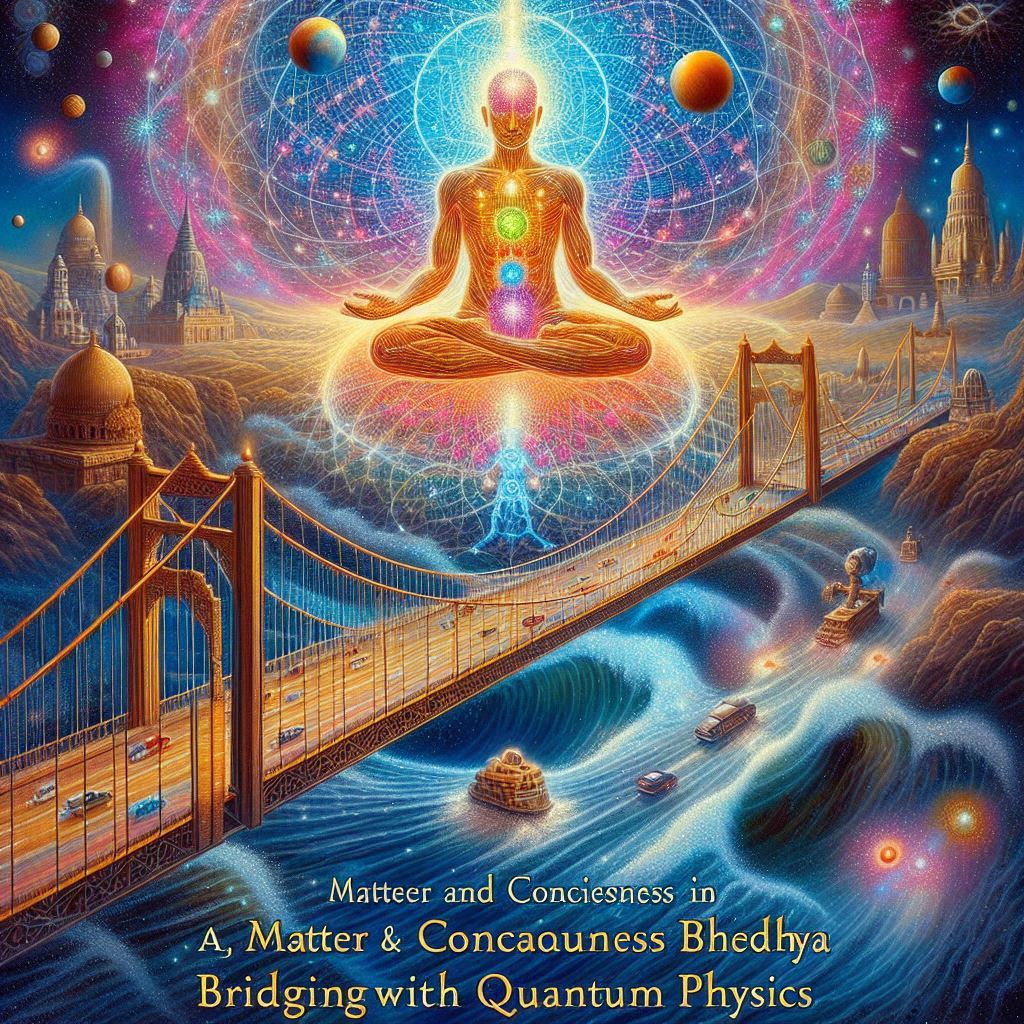
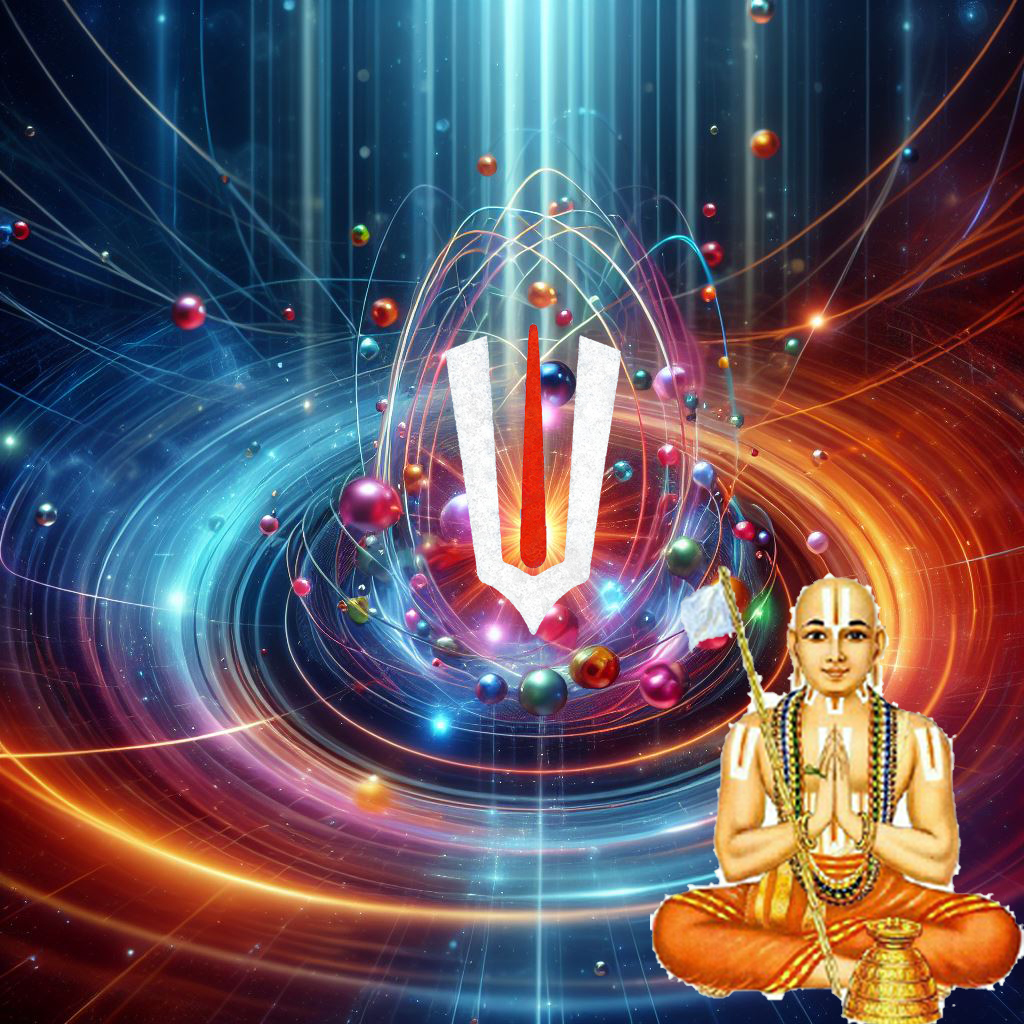



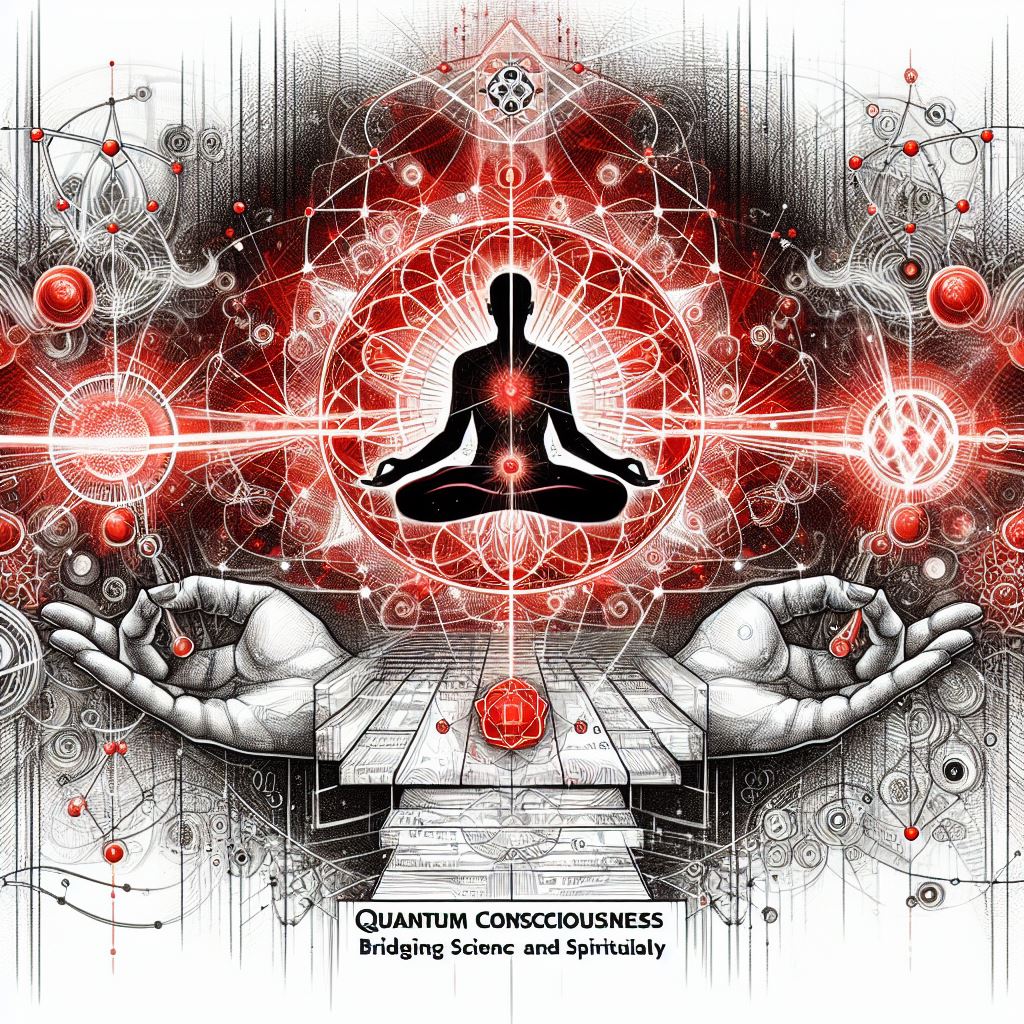


Origin of Science
Temporal Relativity in Vedic Literature: An Interdisciplinary Analysis of Time Dilation Narratives
Acharya Kaṇāda: The Ancient Sage Who Discovered the Atom
Evidence of Vedic Sanātana Hinduism as a Global Dharma
Perception of Quantum Gravity and Field Theory in the Vedas
String Theory as Mentioned in Veda
Sanskrit’s Role in Advancing AI: A Comprehensive Study
The Vedic Model of the Mind: A Contemporary Exploration
Vedic Contributions to Geometry: Unveiling the Origins of Mathematics
Matter and Consciousness in Achintya Bhedābheda: Bridging with Quantum Physics
A Comprehensive Study of Aeroplanes and Aviation in Vedic Literature
Hydrology and the Water Cycle in Vedic Scriptures
Vedic Insights on the Speed of Light